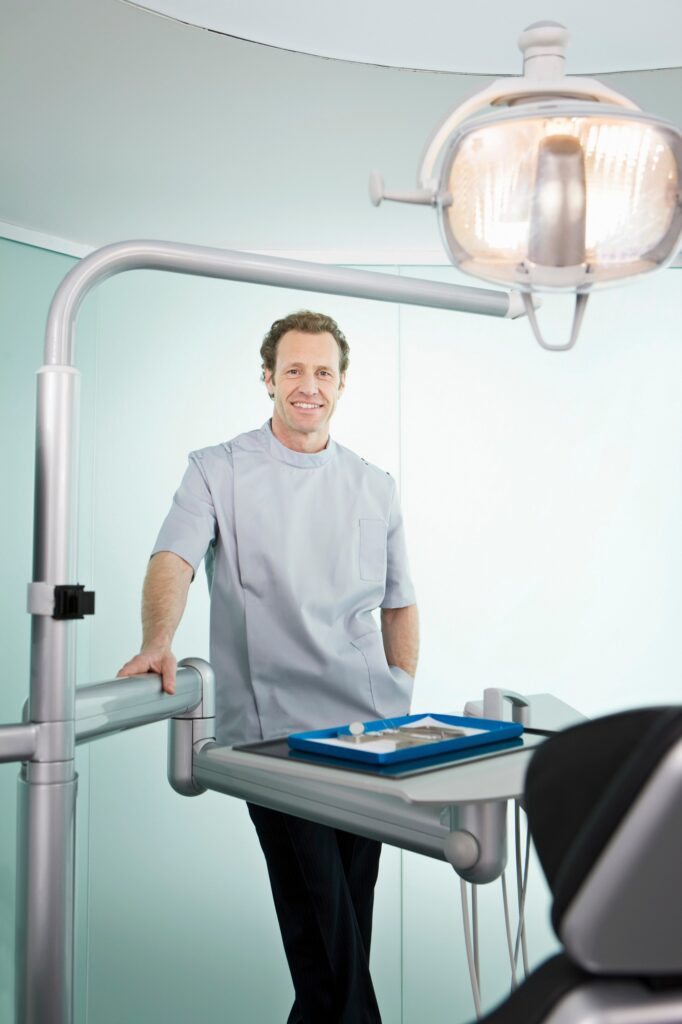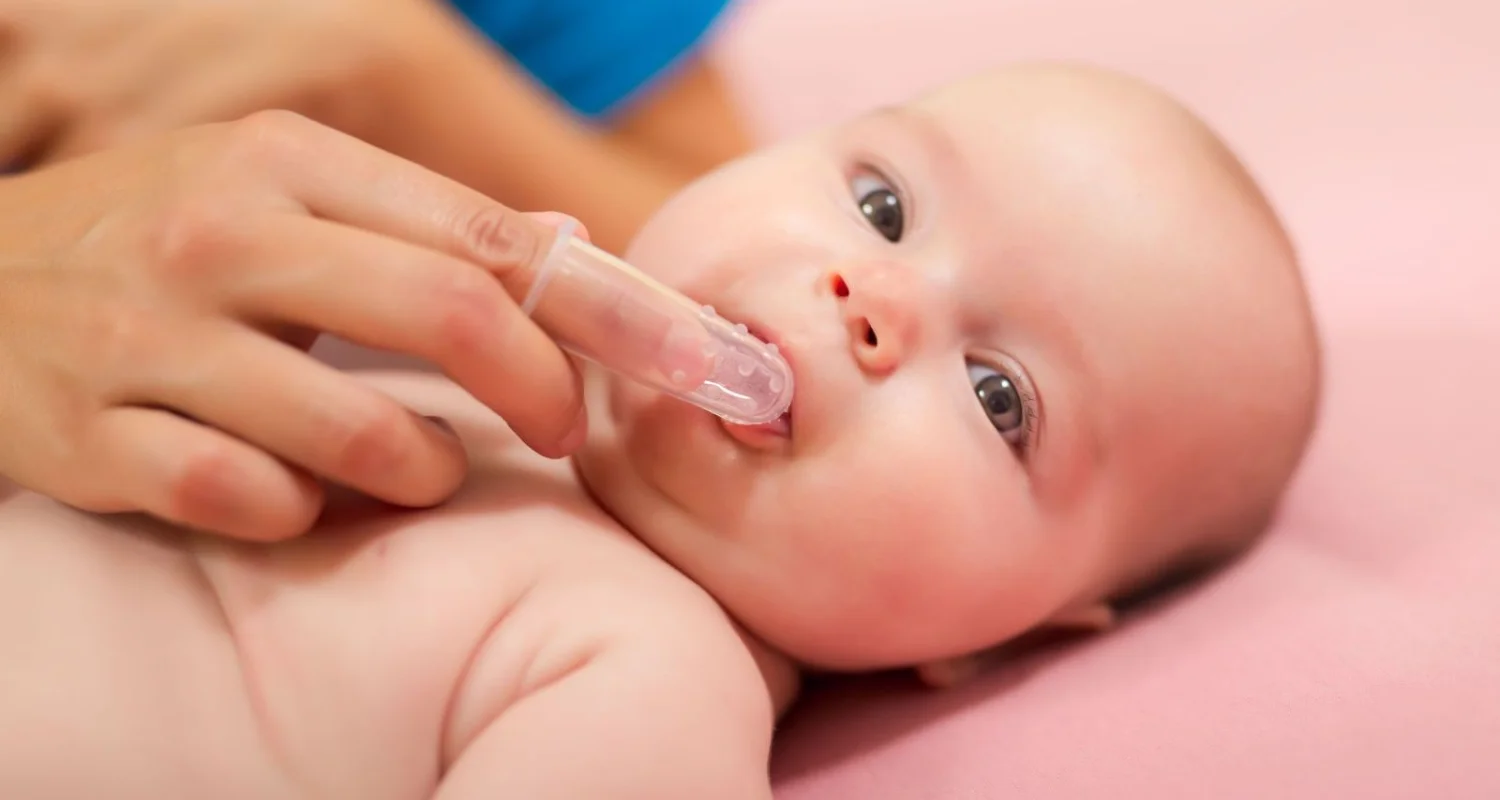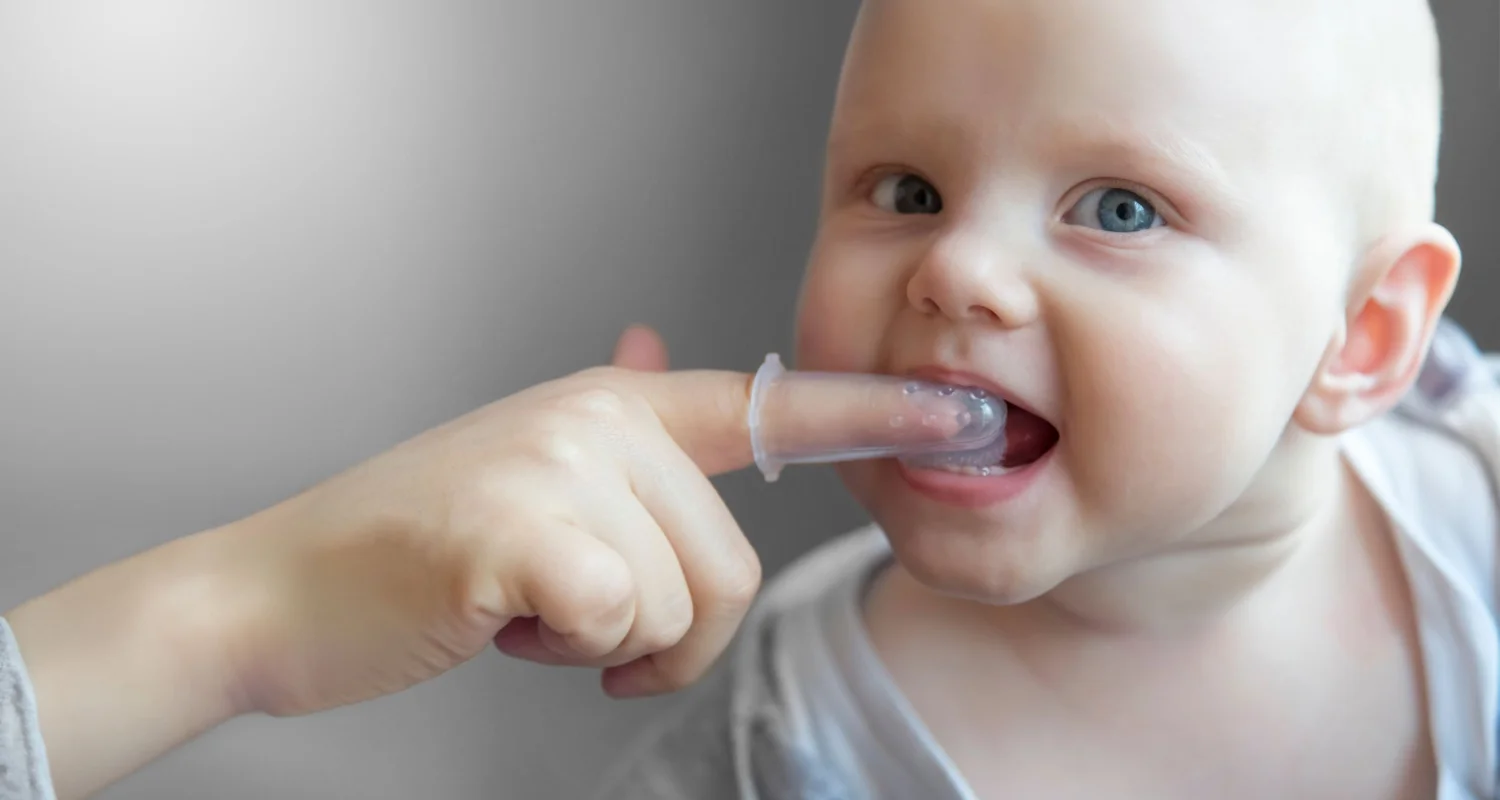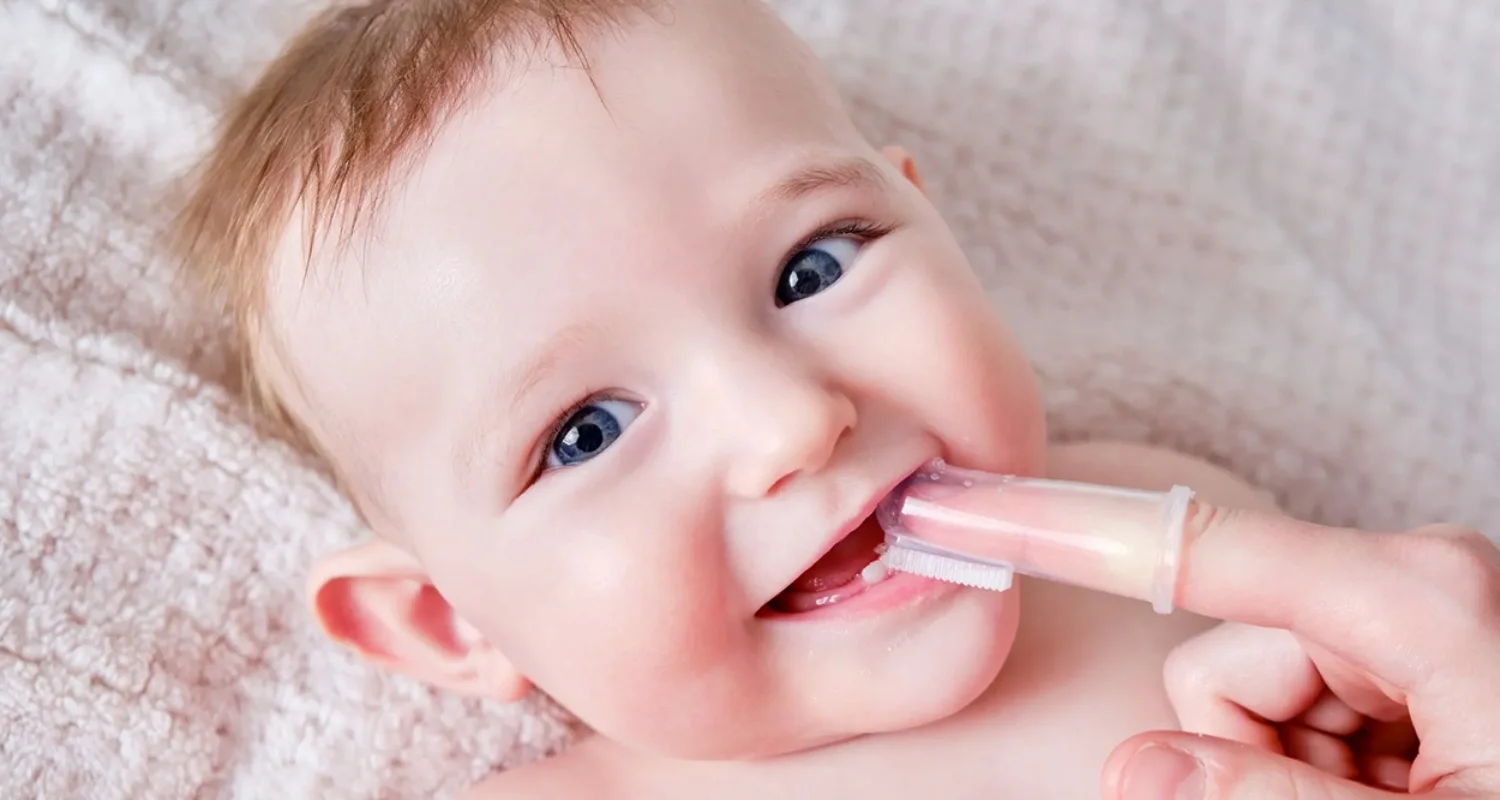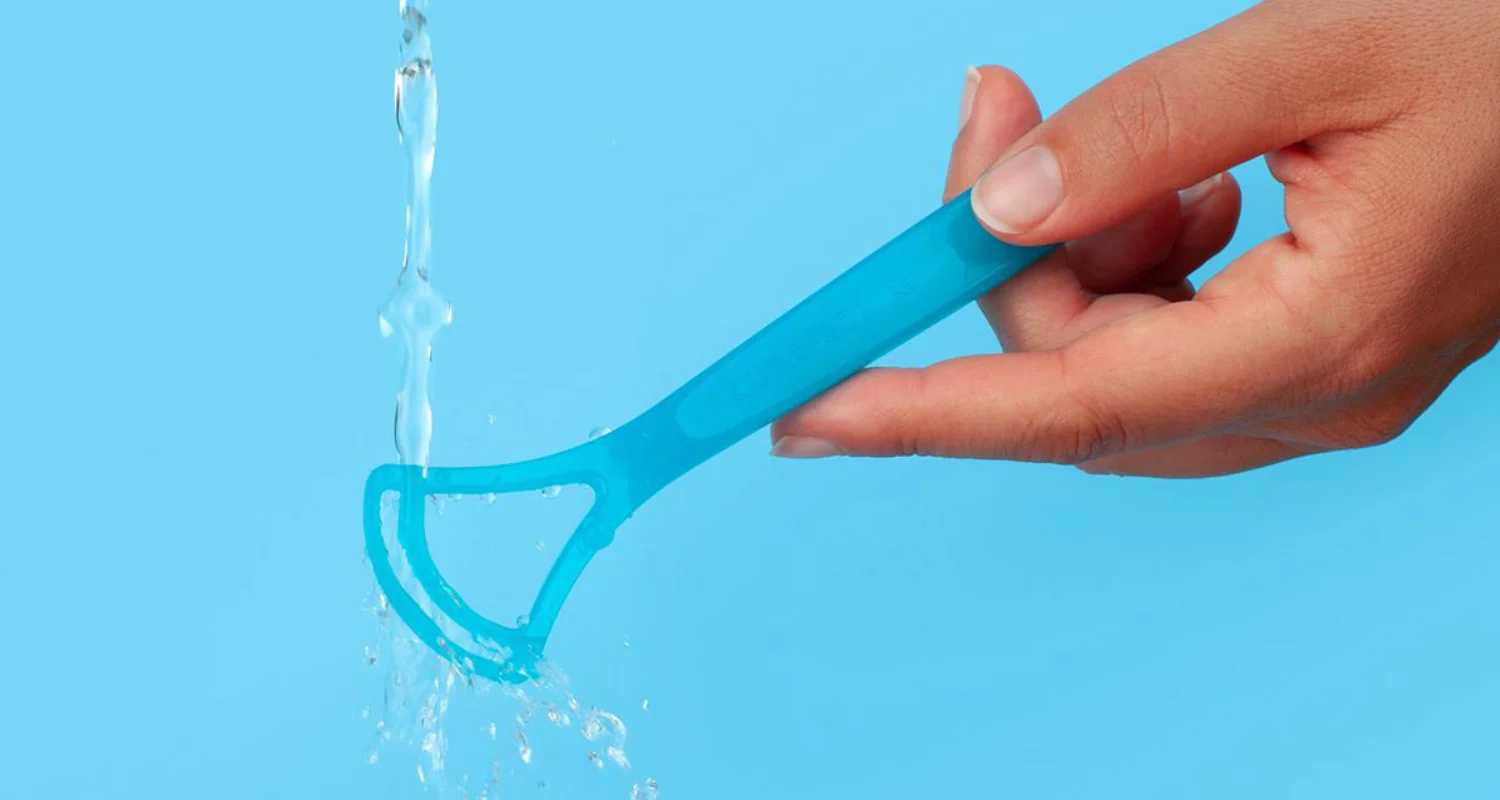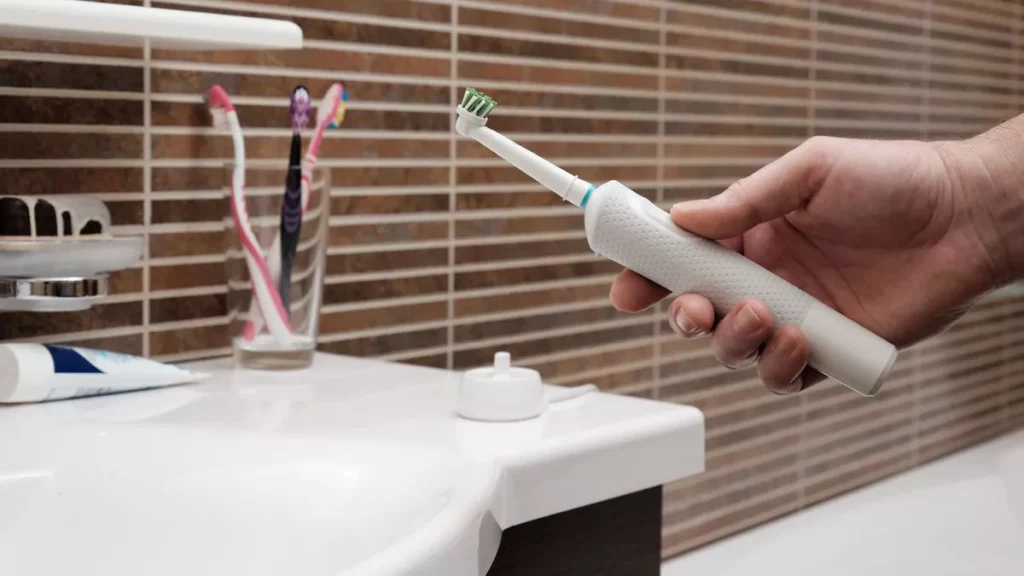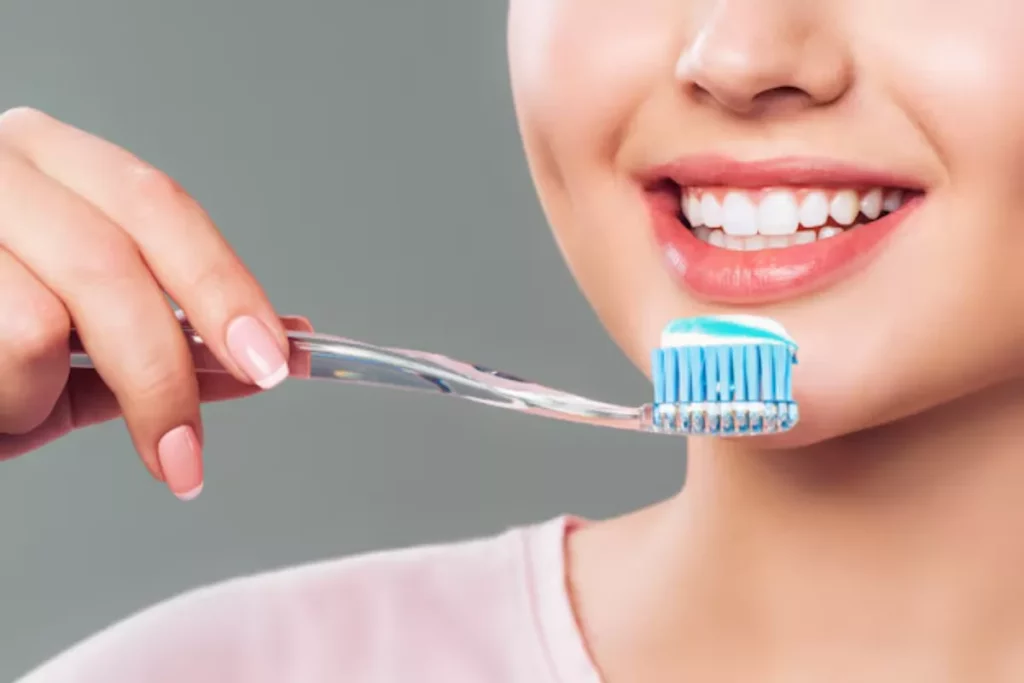Last Updated on: 15th December 2025, 10:48 am
Newborn oral care is important even before teeth erupt. Using a soft, silicone tongue cleaner or a moist cloth can gently remove milk residue and bacteria from a baby's tongue, helping prevent oral thrush and promote a healthy mouth. Always wash your hands before starting, clean in gentle outward motions, and consult your pediatrician before beginning any new oral hygiene routine.
Do you want to learn how to use a tongue cleaner for newborn oral health?
Oral hygiene is important for newborns, even before their teeth emerge. Maintaining a clean oral environment prevents and limits the buildup of bacteria, which can affect gum health and lead to dental problems later in life. The tongue carries the largest bacterial load in the mouth, so good oral care habits are critical when teeth begin to emerge.
Many new parents wonder if it is necessary to use a tongue cleaner for their baby. It is a common concern, as debris and milk can build up on a baby’s tongue; it can lead to discomfort or bad breath. Gently cleaning a baby’s tongue with a soft cloth or a specialized newborn tongue cleaner will help maintain oral cleanliness and ensure a healthy start to dental development.
Always consult with a pediatrician or pediatric dentist for proper techniques.
Why Oral Hygiene and Tongue Cleaner For Newborn Matter?
Oral hygiene is essential for newborns, even before their teeth emerge. One of the main reasons is the buildup of milk residue in the mouth, which can encourage the growth of bacteria, with the tongue being the most common site of bacterial growth. This buildup can create an environment conducive to oral health problems, and affect teeth development.
Furthermore, without proper cleaning, newborns are at risk for developing oral thrush, a fungal infection caused by the overgrowth of Candida yeast. Thus, it is essential and important to maintain optimal oral hygiene an that’s why tongue cleaner for newborn are so importan!
What is a Tongue Cleaner for a Newborn?
It is a plastic, copper or stainless steel device designed for a baby’s mouth that allows you to clean residue and germs from breast milk from the baby’s tongue. It works by pulling the scraper forward from the back of the tongue a few times.
Unlike adult versions, which are usually larger and stiffer, newborn tongue cleaners are much softer and smaller; they usually have a flat, narrow, and long shape to reflect the anatomy of the tongue. They are made of safe materials, such as soft silicone or rubber, that do not irritate.
In addition, some products are designed as small finger brushes that are placed in the parent or caregiver’s hand, making cleaning easier while avoiding infections from the first days.
How to Choose the Right Tongue Cleaner for Newborn?
When choosing the best tongue cleaner for your baby, you should take into account features that provide safety, comfort, and effectiveness. Some features are:
- Material: it must be free of BPA and other chemicals harmful to health. Silicone types are recommended as they are safe for the baby’s mouth and health.
- Softness: the cleaner should not cause damage or discomfort, requiring that it should be soft. You should check that it is soft to the touch and does not have sharp edges. In short, it should have a soft texture.
- Ease of use: it should be easy to handle for the baby’s parents, the easiest to use are those that come in the form of a thimble and adapt to the finger; as such, it is ergonomic for parents and does not hurt the baby.
Types of tongue cleaners
- Wipes: They are disposable and impregnated with soft and safe ingredients to clean the baby’s tongue and gums. They are easy to use and convenient to carry in a purse or tote.
- Soft brushes: Designed especially for babies, these brushes usually have very soft bristles that allow for gentle and effective cleaning.
- Silicone cleaners: These are the most common and popular due to their softness and durability. Many come in the desired thimble form, making them easier to use.
What Are the Dos of Using a Tongue Cleaner for a Newborn?
Before performing any technique or buying any tongue cleaner for newborn, the first thing to do is consult with a dentist or pediatrician and choose the best option for your baby. The most appropriate steps to follow:
1. Wash your hands with soap and water.
2. Take the tongue cleaner or adjust the thimble if the cleaner comes in the form of a thimble.
3. Carefully open the baby’s mouth and insert the cleaner or the finger with the thimble.
4. Make circular movements with the finger on the tongue sliding outward.
5. Wash the cleaner or thimble and pass it again to remove any residue that remains.
6. If you notice any white stain that does not disappear when passing the cleaner, consult your doctor.
Maintaining proper oral hygiene for newborns is essential, even before their teeth appear. Using a gentle tongue cleaner helps remove milk residue and prevents the buildup of harmful bacteria, reducing the risk of issues like oral thrush and gum irritation.
By choosing the right type tongue cleaner for newborn, such as soft silicone or wipes, parents ensure that their baby starts with a healthy oral environment. Always consult with a pediatrician or dentist to find the best methods and products to maintain your newborn’s oral health.
Frequently Asked Questions
How to clean a newborn baby's tongue?
To clean a newborn’s tongue, use a soft cloth or a specialized newborn tongue cleaner, such as a silicone brush or thimble. Gently open the baby’s mouth, place the cleaner on the tongue, and use circular motions to clean away milk residue and bacteria. Be sure to wash the cleaner thoroughly after use. Always consult with a pediatrician before starting this practice to ensure that you’re using the proper technique.
Which tongue cleaner is good for children?
For children, a soft and safe material like silicone is recommended for a tongue cleaner. Silicone thimbles that fit on a parent’s finger are particularly useful as they are easy to maneuver and gentle on a baby’s delicate mouth. Disposable wipes are also a good option for quick and convenient cleaning.
What to clean a newborn's tongue with?
You can clean a newborn’s tongue using a soft, damp cloth or a specially designed silicone tongue cleaner. Some parents use disposable wipes that are formulated for oral hygiene. These options are safe, gentle, and effective in removing the milk residue and bacteria that can accumulate on a baby’s tongue.
Can we use a tongue cleaner for our baby?
Yes, using a tongue cleaner for a baby is recommended, especially for removing milk buildup and preventing the growth of bacteria that could lead to oral health issues. It’s essential to use a cleaner that is soft, safe, and designed for babies. Always consult your pediatrician to confirm the best approach for your baby’s oral hygiene.
How to remove a newborn's white tongue?
To remove a newborn’s white tongue, usually caused by milk buildup or thrush (fungal infection), you can use a soft washcloth, a silicone tongue cleaner, or a specialized brush. Gently clean the tongue using circular motions. If a white spot persists, consult a pediatrician, as it could be a sign of infection.
Voice and Search (Q&A)
When should I start cleaning my newborn’s tongue?
You can start cleaning your newborn’s tongue a few days after birth. Once feeding is established, use a soft cloth or silicone tongue cleaner to gently wipe away milk residue. Always check with your pediatrician before starting.
How often should I clean my newborn’s tongue?
It's recommended to clean your newborn’s tongue once a day, preferably after feeding. Keeping a regular cleaning routine helps prevent bacteria buildup and promotes good oral health from an early age.
Is it safe to use silicone tongue cleaners on newborns?
Yes, silicone tongue cleaners made specifically for newborns are safe. They're soft, BPA-free, and gentle on a baby’s mouth. Just make sure to follow the usage instructions and consult your pediatrician before starting.
Share
References
1. Higuera, V. (2020, 18 junio). Cleaning Your Baby’s Tongue at Any Age. Healthline. https://www.healthline.com/health/baby/how-to-clean-baby-tongue#newborn-how-to
2. Shah, R. (2024, 23 septiembre). How to Clean a Baby’s Tongue: A Step-By-Step Guide. MomJunction. https://www.momjunction.com/articles/how-to-clean-baby-tongue-tips-precautions_00570385/#step-by-step-guide-to-clean-your-babys-tongue
3. Welling, J. (s. f.). Tongue cleaners: How to use tongue scrapers correctly | CURAPROX. CURAPROX-Shop USA. https://curaprox.us/blog/post/instructions-using-a-tongue-scraper-correctly?srsltid=AfmBOoqFU0z9maotxPxn2QF0pSpPjj-CZs_11iNrhevF1kb5iQW8HYds
4. What to Know About a Baby Tongue Cleaner. (2024, 20 febrero). WebMD. https://www.webmd.com/parenting/baby/what-to-know-baby-tongue-cleaner
-
Nayibe Cubillos M. [Author]
Pharmaceutical Chemestry |Pharmaceutical Process Management | Pharmaceutical Care | Pharmaceutical Services Audit | Pharmaceutical Services Process Consulting | Content Project Manager | SEO Knowledge | Content Writer | Leadership | Scrum Master
View all posts
A healthcare writer with a solid background in pharmaceutical chemistry and a thorough understanding of Colombian regulatory processes and comprehensive sector management, she has significant experience coordinating and leading multidisciplina...

